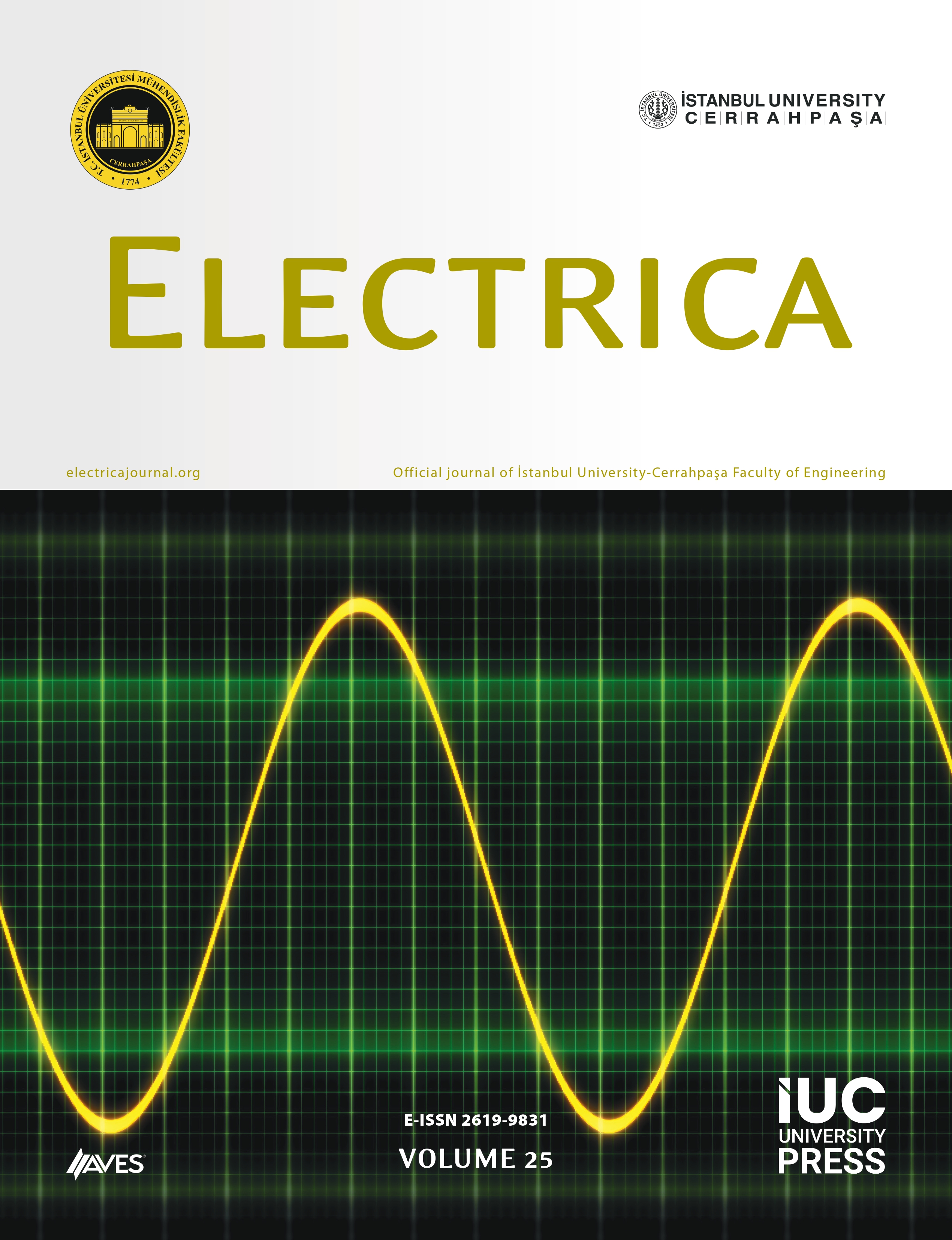Bees, which have a critical role in the sustainability of our ecosystem, are of vital importance in maintaining ecological balance and biodiversity. More than one-third of the world’s food production is dependent on pollinators, and one of the most important of these is the honey bee. As the decline of bee populations threatens ecological balance and biodiversity, the importance of computer vision techniques for the automatic detection of these species is increasing. In this study, two different deep learning models based on classical convolutional neural network (CNN) and Residual Neural Network (ResNet) architectures are proposed and their effectiveness in classifying honey bee species is examined. Model1 is based on the CNN structure and Model2 uses CNN-ResNet integration. In the experiments on the BeeImage dataset containing images of six different honey bee species, it was determined that Model1 achieved 94.91%, and Model2 achieved 93.63% with the K-fold Cross-Validation technique. The results show that deep learning models can classify bee species in a fast and low-cost way. It is seen that these technologies have significant potential in biological research. The high success rates obtained in the study show that the developed deep learning models can contribute to the protection of biodiversity.
Cite this article as: M. Çalışan and N. Olgun, “Evaluation of classification performance of honey bee species with deep learning models,” Electrica, 25, 0157, 2025. doi: 10.5152/electr.2025.24157.



.png)

.png)